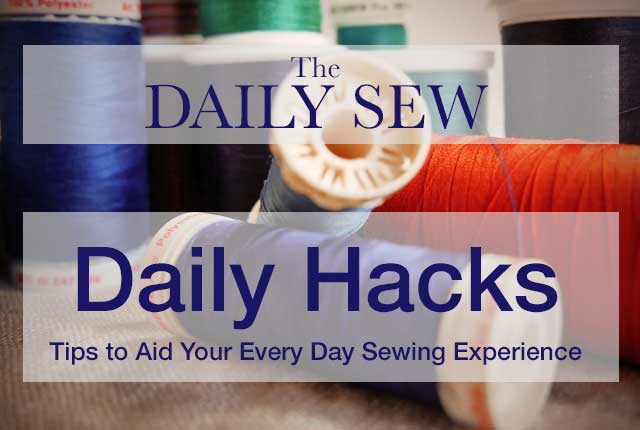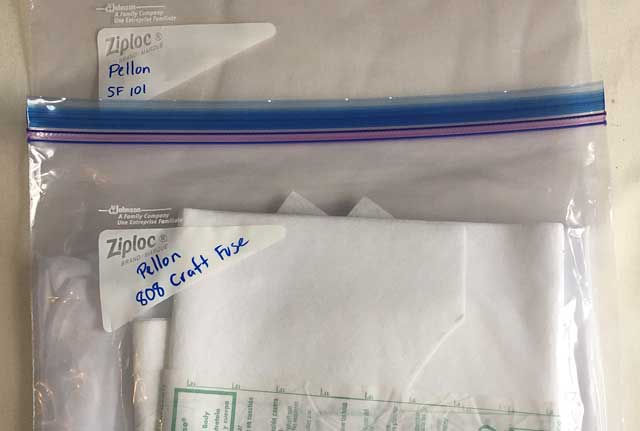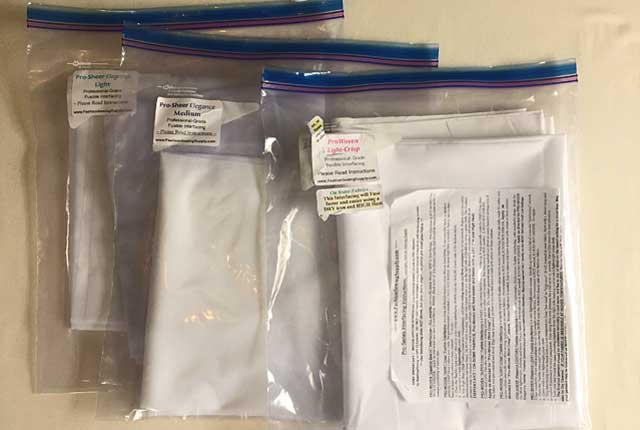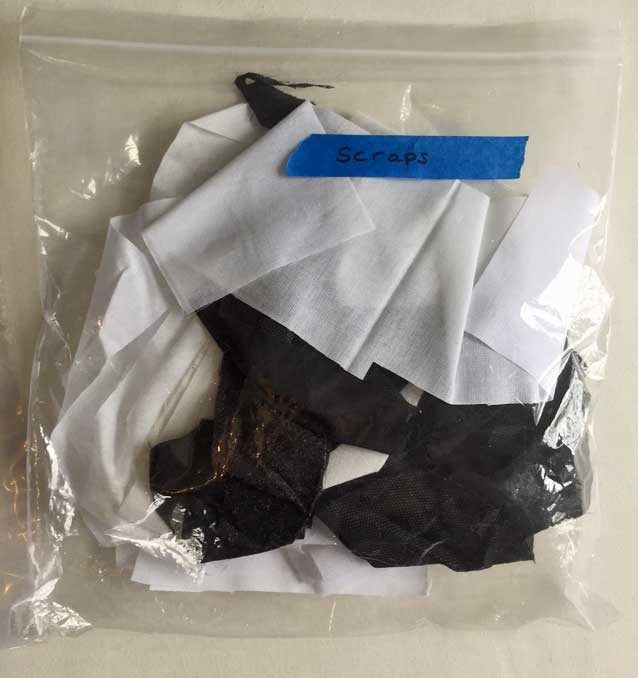
Interfacing Recognition and Retrieval
Do you know what interfacing you have, right now, in your stash? Can you grab a specific type of interfacing with the speed and efficiency of a Hostage Rescue Unit? I mean, my way of storing interfacing was basically a crime scene. Each piece was fighting for its survival, mixed up in one chaotic heap, in a bin. Trying to retrieve a piece of interfacing always involved danger and words reserved for those in nautical employment.
And because I couldn’t lay my hands on a specific type of interfacing I thought I was out of it and would buy more. And it’s not like the bin was bottomless. I probably handled the interfacing I needed a dozen times but just didn’t “see” it.
It wasn’t pretty and it certainly wasn’t working.
There’s a Better Way
No one would say I was the organized type but I know where things are generally and my spices are sort-of alphabetically lined up. I say I’m just not one for complicated systems. If I can’t put something away fast, the system, no matter who says it works, will fail.
Now I have a system for storing interfacing.
And I can find any type of interfacing I own with speed and I can see in an instant if I’m running low or are out of a particular type. And I can put it all away, following the system, with the same speed of getting it out.
This system takes no more effort than it did before when I just tossed it into the bin. In fact, I still store my interfacing in the same bin. Only now there is one step in between taking the interfacing off the work table and throwing it in the bin.
I put the interfacing in a 2-gallon Ziploc bag.

Each bag is labeled to ID what type of interfacing is in the bag. No label marker needed, but if you have one, by all means, feel free to use it. No, I transfer the label the interfacing came with to the bag or write the name with a Sharpie on the bag or use painter’s tape as a label.

If I have the instructions for fusing the interfacing they are placed in the bag too.
All interfacing is now easily tracked and found. As I look for a piece I can see when another type is running low because everything is in clear bags.
The Best Part
Truly the biggest time and interface saver though is having a bag labeled SCRAPS.
All small, but useable, pieces of interfacing, no matter the sort, are thrown into this bag. When a small piece of interfacing is required, instead of cutting into a big piece because the scrap was overlooked or fell to the bottom of the bin, I pull out that scrap bag and find exactly what I need in seconds.
Game changer.


That’s a great idea! I really needed some interfacing scraps the other day … & couldn’t find where I’d put them.
Exactly! I get so frustrated when I can’t find something I know I have.